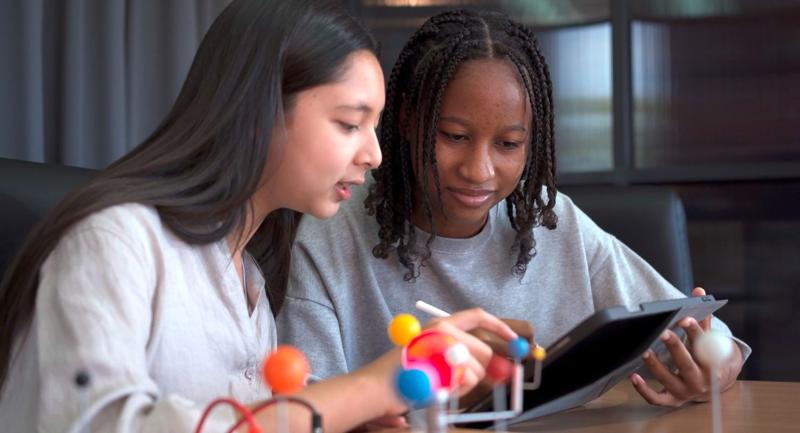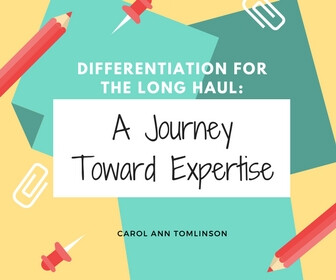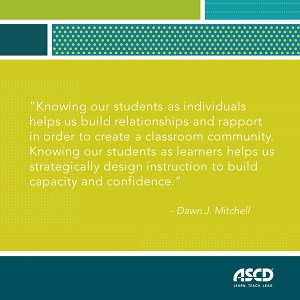The challenging work of teaching pivots on our ability to see the world as it is, without blinders or limits, and simultaneously to see our students as three-dimensional creatures—each a work-in-progress making his or her twisty way through a propulsive, uncertain history-in-the-making.
As they enter our classrooms, we must reach out and recognize our students as full human beings with hopes and dreams, aspirations, skills, and capacities; with minds and hearts and spirits; with embodied experiences, histories, and stories to tell of a past and a possible future; with families, neighborhoods, cultural surrounds, and language communities all interacting, dynamic, and entangled. And with a couple of basic questions: who am I in the world (or who in the world am I)? What are my choices, and what are my chances?
This is the knotty, complicated challenge of teaching, and it’s the intellectual and ethical heart of teaching the taboo: it demands sustained focus, intelligent judgment, and fearless inquiry and investigation. It calls forth within us an open heart and an inquiring mind, and it reminds us that every one of our judgments is necessarily contingent, every view partial, and each conclusion tentative. It requires that we refuse to simply pass on the received wisdom and dogma of the day, but rather that we develop along with our students dispositions of patience, curiosity, imagination, respect, wonder, awe, and more than a small dose of humility.
The challenge involves, then, an ethical stance and an implied moral contract: we offer unblinking recognition, and we work to communicate a deep regard for students’ lives, a respect for both their integrity and their vulnerability. We begin with a belief that each student is unique, each the one and only who will ever trod the earth, each worthy of a certain reverence. Regard extends, importantly, to the larger community—the wide, wide world that animates each individual life—because reverence for a specific person cannot be authentically expressed or realized while disparaging or despising the everything that brought forth that individual.
Esteem includes insistence that students have access to the tools with which to negotiate and then to transform all that lies before them. We must try to do no harm, and then to convince students to reach out, to reinvent, and to seize an education fit for the fullest lives they might hope for. Another part of the work of teachers, then, is to see ourselves as in-transition, in-motion works in progress.
Teaching the taboo is characterized by a spirit of cooperation, inclusion, social engagement, and full participation; classrooms become places that honor diversity while building unity. Democracy is based, after all, on the sense—at first intuited, and later more deliberate—that every human being is of incalculable value; that each is unique and distinct and still part of a wildly diverse whole; and that altogether we are, each and every one, somehow essential.
We recognize, then, that the fullest development of all is the condition for the full development of each, and conversely, that the fullest development of each is the condition for the full development of all. This core value has huge implications for education politics and policy and big implications for curriculum and teaching as well, for what is taught and how.
Teaching the taboo is sustained through a culture of respect and mutual recognition that encourages students to develop the capacity to name the world for themselves, to identify the obstacles to their (and other people’s) full humanity, and the courage to act on whatever the known demands. This kind of education is necessarily eye-popping and mind-blowing—always about opening doors and opening minds as students forge their own pathways into a wider, shared world.
Post submitted by Rick and William Ayers, authors of Teaching the Taboo: Courage and Imagination in the Classroom.








